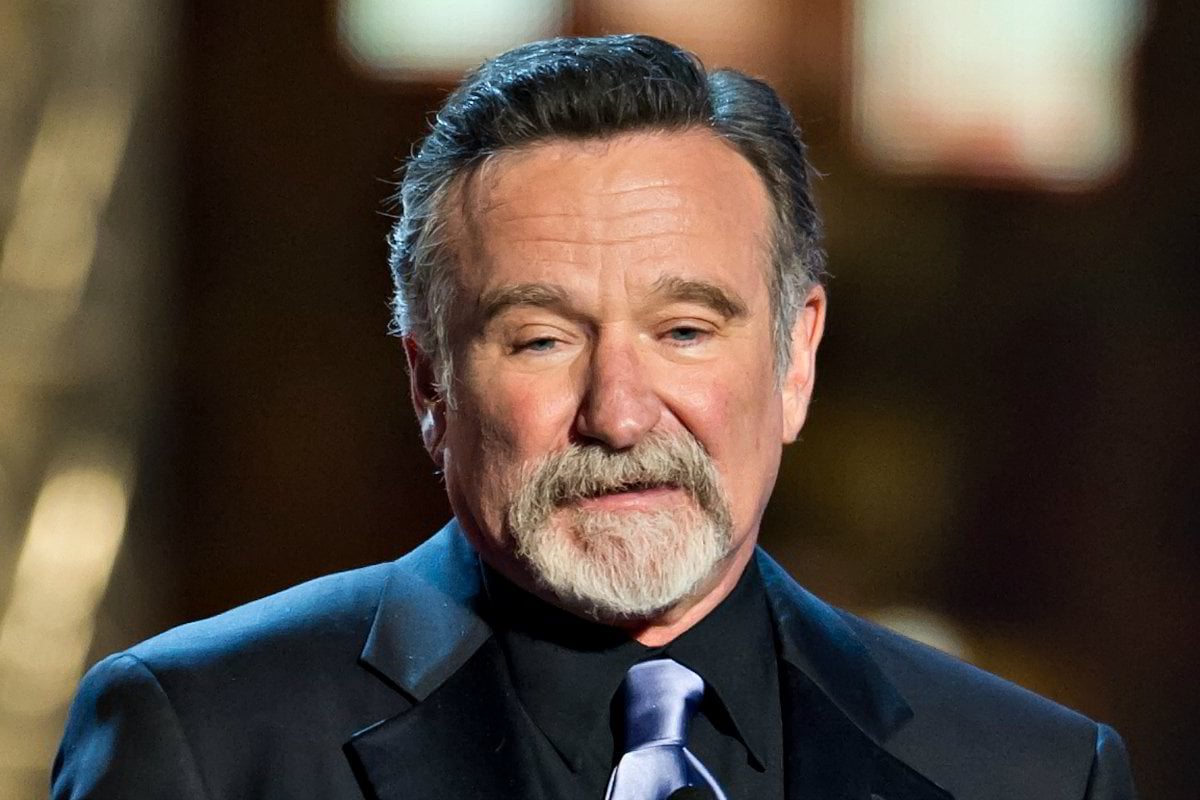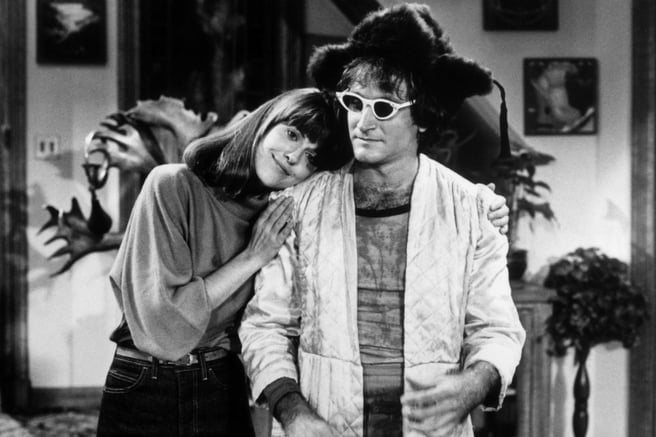
The following deals with suicide, which may be triggering for some readers. If you're struggling, support is available 24 hours a day through Lifeline. Call 13 11 14.
Robin Williams' work is considered some of the best ever committed to film: from his Oscar-winning performance as Dr. Sean Maguire in Good Will Hunting, to radio DJ Adrian Cronauer in Good Morning Vietnam and Aladdin's beloved Genie.
Throughout his four-decade career, he danced deftly between rapid-fire riffs, slapstick and nuanced drama.
But in the years leading up to 2014, those around Williams noticed a change in him.
The lines didn't come quite as quickly, the jokes didn't land as cleanly. His movements seemed slower, more deliberate.
On August 11 that year, the 63-year-old said goodnight to his wife of three years, Susan Schneider, and retired to his room. The couple slept separately due to Williams' crippling insomnia.
"As we always did, we said to each other, 'Good night, my love,'" Schneider said in the 2018 biography, Robin.


